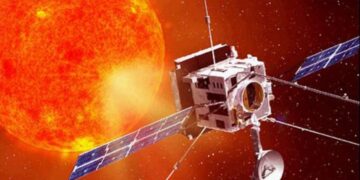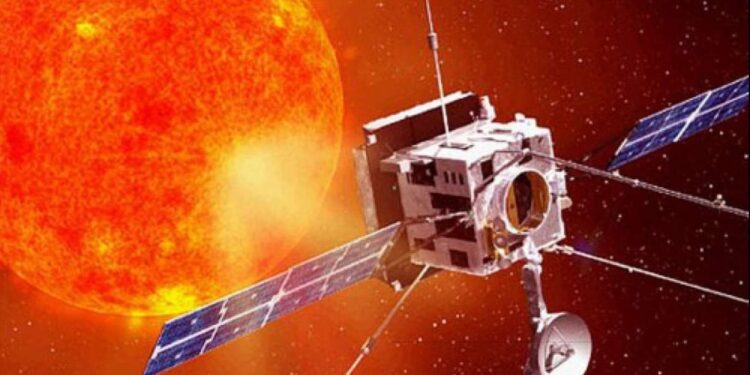By John Ikani
India’s inaugural solar observation mission, Aditya-L1, has successfully reached its final destination, marking a significant milestone in the nation’s space endeavours.
Launched by the Indian Space Research Organisation (Isro) on September 2, the spacecraft has spent the last four months journeying towards the Sun.
Prime Minister Narendra Modi hailed the achievement, describing it as “a landmark” and an “extraordinary feat” by the dedicated scientific community.
Named after Surya, the Hindu god of the Sun, Aditya-L1 aims to explore the Sun from a unique vantage point known as Lagrange point 1 (L1).
L1 is a special position where the gravitational forces between the Sun and Earth cancel out, allowing the spacecraft to “hover” effectively.
The final manoeuvre, executed on Saturday, positioned Aditya in L1’s orbit, situated 1.5 million km (932,000 miles) from Earth—merely 1% of the Earth-Sun distance.
Isro Chief S Somanath highlighted that the agency’s strategy involves trapping the craft in orbit and periodically adjusting its position to maintain stability.
Once stationed in this orbit, Aditya-L1 will synchronize its movement with the Earth, enabling continuous observation of the Sun, even during eclipses and occultations.
READ ALSO: Donald Trump Trails Joe Biden By $75m In Fundraising As Donor Base Declines
Equipped with seven scientific instruments, the orbiter is set to scrutinize the solar corona, photosphere, and chromosphere.
The instruments have already commenced their work, gathering valuable data and capturing images.
Isro’s timely correction to the spacecraft’s trajectory in early October ensured it stayed on course for its intended destination.
Aditya-L1’s mission holds immense promise for understanding solar activity, such as solar winds and flares, and their impact on Earth’s weather and near-space conditions.
The Sun’s radiation, heat, and particle flows, along with magnetic fields, significantly influence both terrestrial and space weather, affecting thousands of satellites, including over 50 from India.
Scientists anticipate that Aditya-L1’s capabilities will provide early warnings about solar disturbances, enabling countries to safeguard satellites from potential harm.
While Isro has not disclosed the mission’s cost, it is considered a noteworthy investment in advancing solar research.
With this successful mission, India joins an exclusive group of nations actively studying the Sun.
The United States’ NASA has been observing the Sun since the 1960s, Japan launched its first solar mission in 1981, and the European Space Agency (ESA) initiated solar observations in the 1990s.
In recent years, NASA and ESA collaborated on the Solar Orbiter, launched in February 2020, and NASA’s Parker Solar Probe made history in 2021 by flying through the Sun’s outer atmosphere, the corona.

































